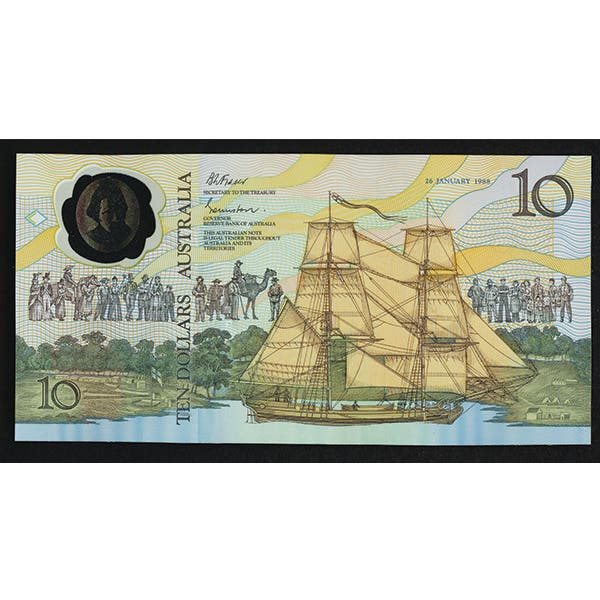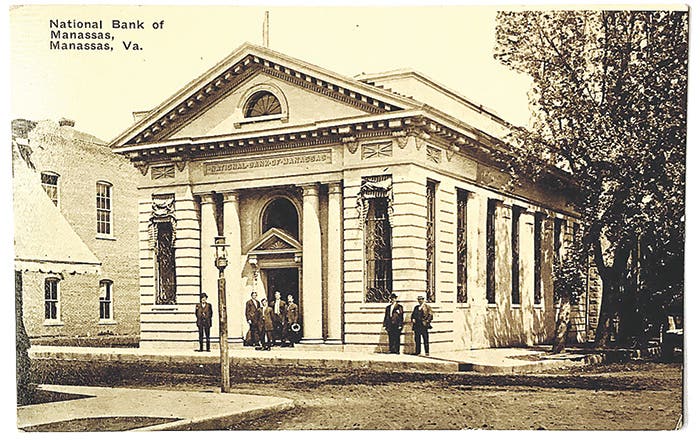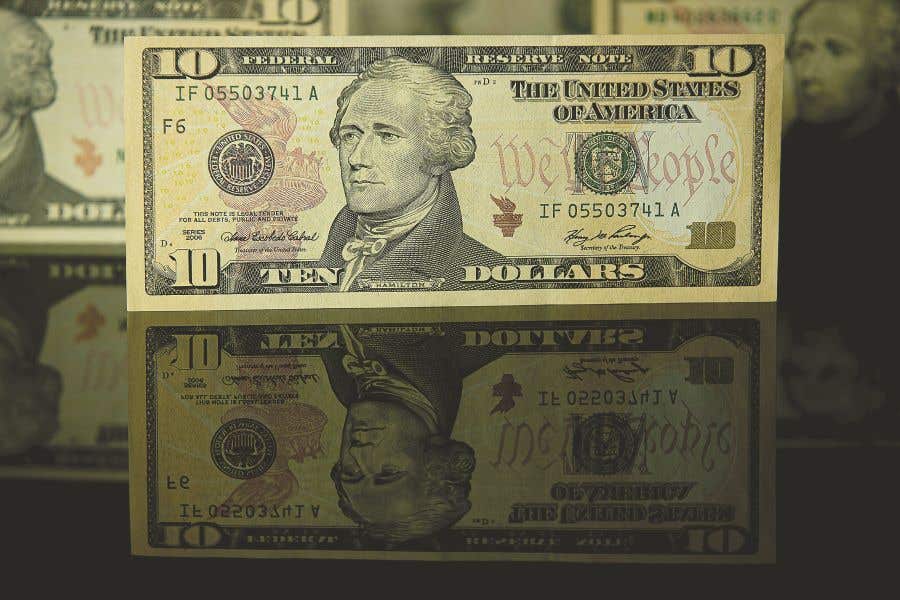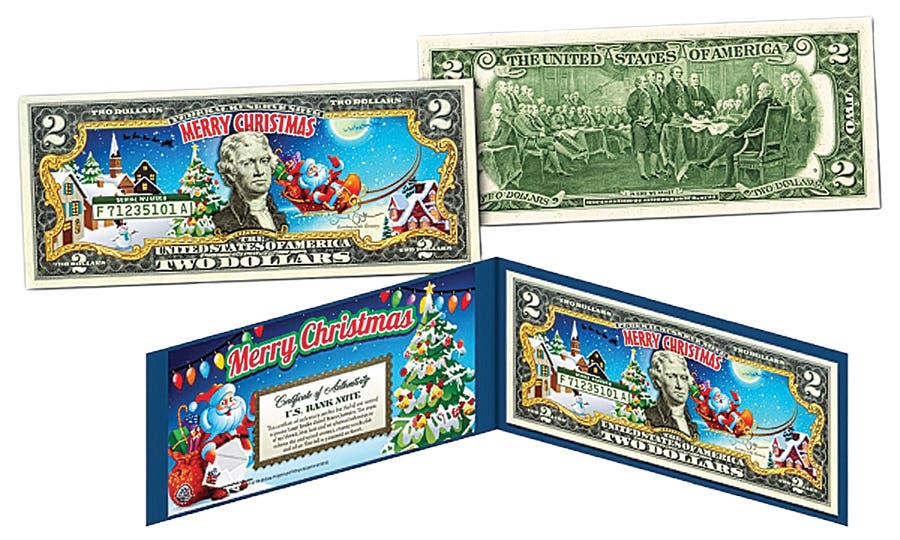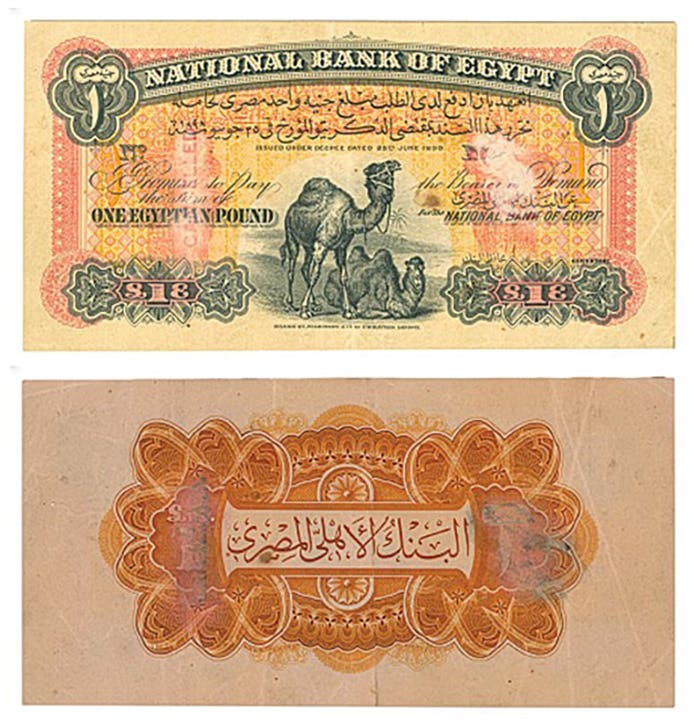Signed Notes of Picturesque Lavonia
The founding of the town of Lavonia resulted from the railroad expansion in northeast Georgia.
This month, a new addition to my collection of national bank notes will take us to the Deep South to check out the lovely and well-preserved town of Lavonia, Ga., nestled in the northeast corner of Georgia near the South Carolina line. Let’s go!
Lavonia, Ga., is a small city in northeastern Georgia, located in Franklin and Hart Counties. Most of the town is in Franklin County, with a tiny part extending southeast into Hart County. The population as of the 2020 Census was 2,150. It is easily reached via Interstate 85 at the State Route 17 interchange, a few miles south of the South Carolina border.
The original inhabitants of the Piedmont region were the Creek and Cherokee Indians. Typically, the Creek Indians were warlike, while the Cherokee were more peaceful. Yet, the Cherokee Indians sided with the British during the American War of Independence, and as a result, much of their land was seized and issued as bounty land to whites who had fought on the American side. A treaty of 1783 resulted in their relinquishment of the land to the white settlers.
The founding of the town of Lavonia resulted from the railroad expansion in northeast Georgia. A railroad line known as the Elberton-Airline Railroad desired another station further to the north. In a move typical for the time, businessmen in the area determined to build a town around the new railroad station. J.H. Jones, President of the Elberton-Airline Railroad; J.H. Grogan, retired Methodist minister; T.J. Bowman, Architect of Elberton County; J.H. Vickery, a merchant from Habersham County, and Abner Burgess had a survey and plat made by R.W. Cleveland, a certified surveyor from Elberton, on July 12, 1878. The plat had four streets named for the four town promoters: Jones, Grogan, Bowman, and Vickery. The name given to the town was the name of the wife of J.H. Jones, Mrs. Lavonia Jones. Upon the division of the area into town lots and completion of all necessary legal procedures, the town of Lavonia was incorporated in 1880.
The railroad allowed Lavonia to become a thriving cotton market. The first industries to come to Lavonia were agricultural in nature, such as the Southern Cotton Oil Company and the Lavonia Cotton Mill. When the economy changed, sewing plants for men’s and women’s attire opened. Alan B. Sibley Mill and a Milliken Textile Plant were among the many in Lavonia.
By 1906, Lavonia was commercially ready for its own national bank. Accordingly, C.W. Vickery and other investors organized the Vickery National Bank of Lavonia, charter #8470, in December of that year. The bank was sold in 1909 to a consortium led by Walter N. Harrison, and the name was changed to the First National Bank of Lavonia in 1913.
The bank issued a smattering of Series of 1902 Red Seals and Date Backs under the Vickery National Bank title. Just a single note: a 1902 $20 Date Back in low grade is reported with this title. After 1913, the bank issued far more notes in 1902, including date and plain back varieties, along with small-size notes of the 1929 Series in both Type 1 and Type 2 varieties. The bank’s total circulation was $1,144,000, of which 14 Large Size and 27 Small Size notes are reported.
The bank survived the end of the National Currency era intact. In 1940, it was rechartered as a state bank and christened Northeast Georgia Bank. In 1968, the Whitworth family acquired the bank and expanded its operations over time. Today, the Northeast Georgia Bank still operates in 11 locations across northeast Georgia.
I recently obtained arguably the finest Large-size note from Lavonia, a Series of 1902 $10 Plain Back graded AU55 EPQ by PMG. I have looked at this note from every angle and cannot see why it was not graded uncirculated, which it is. But depending on when notes are submitted, different eyes see different things. Be that as it may, it is a lovely fresh note bearing stamped signatures of Walter N. Harrison, cashier, and C.A. Addison, president.
One of the things I enjoy most about collecting nationals from varied locations is the information I pick up about them when researching these articles. Accordingly, I found a rather fascinating anecdote about the Lavonia Large Nationals in a blog entry by the late Bob Lemke, a former Krause Publications editor and hobby blogger who passed away in 2017. This blog centered on baseball great Tyrus (“Ty”) Cobb and his association with the First National Bank of Lavonia.
Lemke found an AP news article The Sporting Life magazine picked up in its Sept. 27, 1913 (yes, 1913) edition. It is reprinted here verbatim:
Ty Cobb's Name on New Bank Notes
(By the Associated Press)
Washington, Sept. 22.- Collectors will doubtless be on the lookout soon for some national bank notes signed a few days ago by “Ty” Cobb, the centerfielder of the Detroit baseball club.
When the star player was here recently, he visited the Treasury Department. While being shown through, he asked to see some of the bank notes of the First National Bank of Lavonia, Georgia. On informing the office in charge that he was a director in that bank and, as such, was entitled to sign money printed for that institution, the ball player placed his signature on several sheets of the notes.”
Lemke also found a similar short mention in the edition of the Pittsburgh Press, Sept. 23, 1913. Datelined Washington, D.C., the article read:
Clerks Get "Called" for Letting Cobb in Vaults
Fans at the Treasury Department got a severe calling down today from Acting Comptroller of the Currency Kane for granting Ty Cobb unusual freedom of the building when the famous ballplayer was sightseeing. Cobb was permitted to enter money vaults and to autograph several national bank notes issued on the Lavonia (Ga.) bank, of which he is a director.”
Among the investments that made Ty Cobb a rich man during and after his career as a Hall of Fame outfielder for the Detroit Tigers in the early decades of the 20th Century was his ownership of a considerable portion of the stock of The First National Bank of Lavonia, Ga.
Given that Treasury officials were not amused by Cobb’s autographing, it is possible that the Cobb-signed notes were never actually issued. It is unclear whether as a director he had the authority to sign any national bank notes, but in any event, none are known, and it is unlikely that the Treasury would have forwarded any of the notes Cobb signed to the First National Bank.
Lemke added that he liked to think that when he signed those sheets of Lavonia notes, Cobb used the green-ink fountain pen that he so regularly used in his later years. He went so far as to create a mock-up of what such a Cobb-signed note would look like. Oddly enough, the note he used to add Cobb’s signature is the very same note that I own today. Lemke had used a photo of the note when it was sold (ungraded) in a 2004 Heritage Sale. I have included photos of my note and the same one mocked up by Lemke with the Ty Cobb signature.
Today, Lavonia is one of northern Georgia's prettiest and best-preserved towns. Most of the downtown area has been placed on the National Register of Historic Places, including the old Vickery/First National Bank building. In addition, Lavonia is the smallest city in the nation to have its original Carnegie Library. It is wonderfully preserved and still in use. The original Lavonia Railroad Depot, built in 1912 to serve the Southern Railroad, has been lovingly restored to its period appearance. I have included photos of these structures and a general view of part of the downtown area.
The downtown is filled with antique shops and delightful restaurants. The Folk Life play “The Land of Spirit Folk” is performed each summer and fall by locals and is a reflection of the heritage and culture of the area. It will make you laugh and cry all while touching your heart and reminding you what’s most important in life. Tugaloo State Park sits on Hartwell Lake and offers camping and cabin rentals along with swimming, boating, and fishing.
Readers may address questions or comments about this article or national bank notes in general to Mark Hotz directly by email at markbhotz@gmail.com
You may also like:




